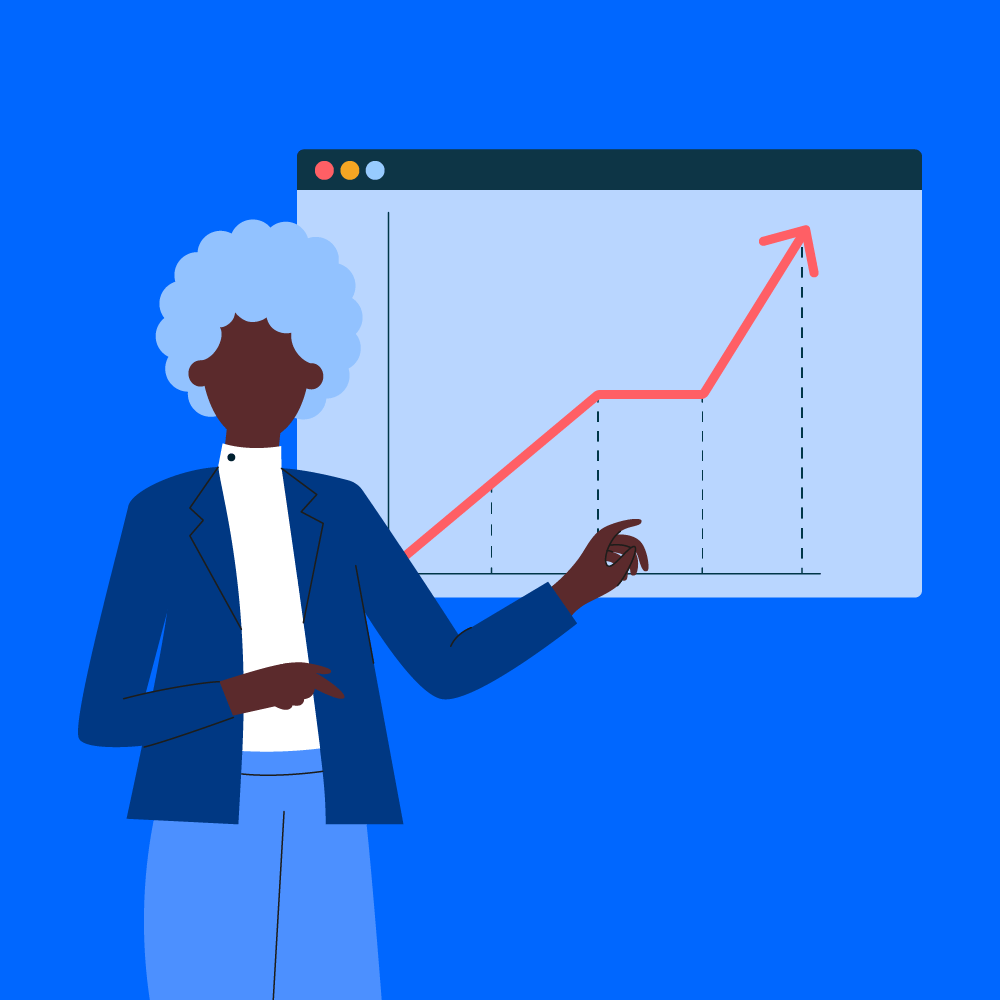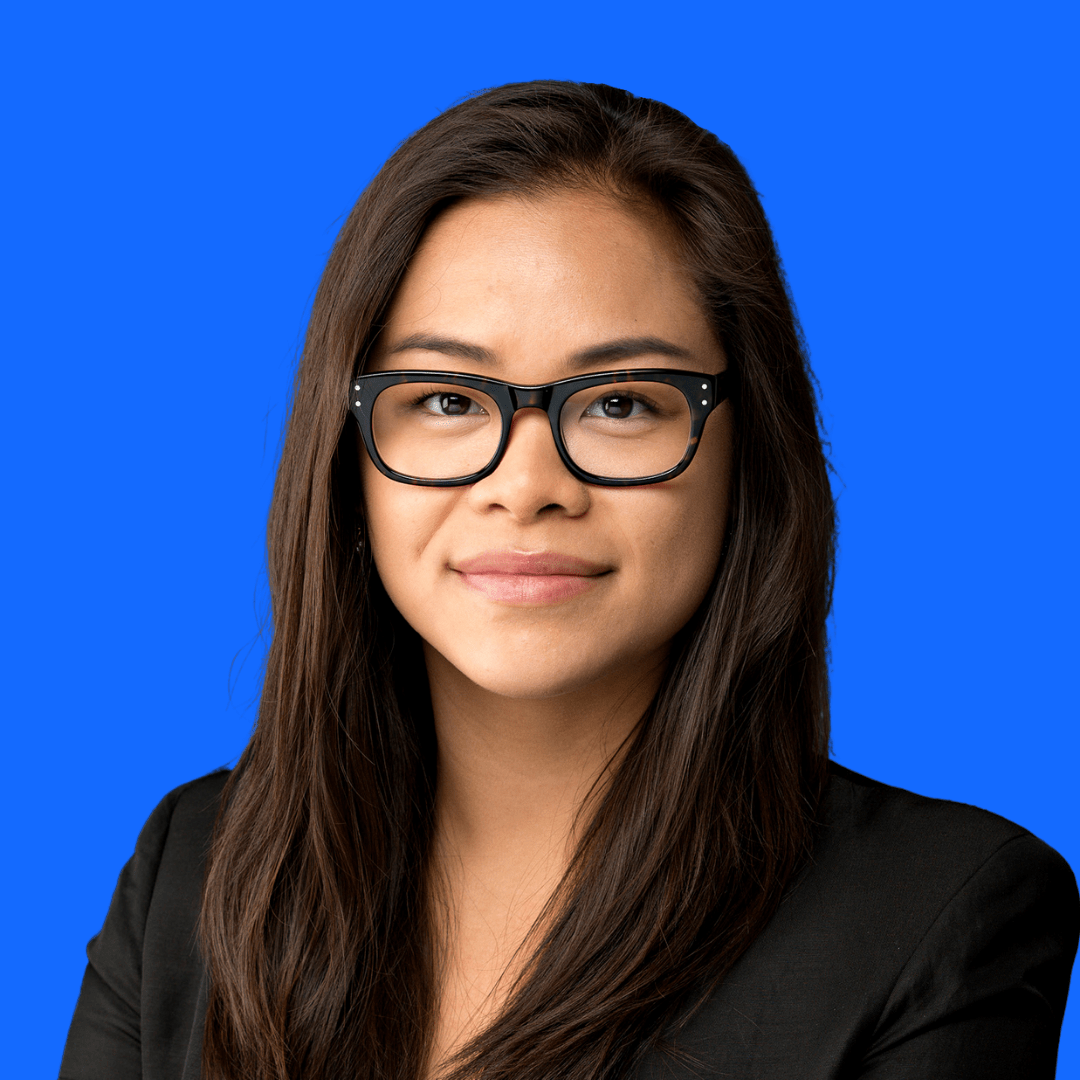This article is part of the Crunchbase Community Contributor Series. The author is an expert in their field and a Crunchbase user. We are honored to feature and promote their contribution on the Crunchbase blog.
Please note that the author is not employed by Crunchbase and the opinions expressed in this article do not necessarily reflect official views or opinions of Crunchbase, Inc.
The Crunchbase “Female Founder Series” is comprised of stories, Q&As and thought-leadership pieces from glass-ceiling-smashers who overcame the odds and are now leading, or investing in, successful companies.
Meera Clark, principal at Obvious Ventures, is utilizing her deep finance and consumer knowledge to fund and support the next generation of disruptive health and wellness startups.
After half a decade spent with Morgan Stanley coaching software executives through IPOs and working with female and multicultural founders within their Multicultural Innovation Lab, she’s on a mission to help bridge the gap in health outcomes and equity for all consumers.
In this Q&A, Clark dives into the reasoning behind her jump from industry to venture capital, as well as the three pillars of Obvious’ “world positive” investing. She also breaks down the values that drive her work, how deals come to fruition in the boardroom, and how a support network for women in the industry got her foot in the door.
Q: How did you decide to break into VC?
My journey into venture capital actually started two years before I joined Obvious. I was on the trading floor at Morgan Stanley with a front-row seat to a ton of market-moving activity and trends that were transforming the world around us. But I realized that I was just looking at lines going up and down on a screen. I felt removed from where the most exciting action was happening, which was in the private markets.
I had some initial conversations to see what the path of a VC might look like and was actually disappointed because it seemed folks with my background were less appealing candidates to “traditional” funds. So I started a two-year exploration of sorts where I began building up the skills, perspectives and networks that I felt I’d need to really break into the space.
Q: What was the process of actually landing the role with Obvious?
When I felt I was finally ready to fly the coop and dive into the industry, I actually first connected with Obvious through the All Raise network, which is a nonprofit focused on getting more women investors funded and women into investing seats. We had some early conversations that made it feel like I’d be a good fit for the firm’s ethos. I applied to Obvious directly through their hiring site, waited a couple of weeks to hear back and then spent two weeks from the first interview to closing the process.
People in VC often say hiring is similar to doing deals: Sometimes you’ll close in two days. Sometimes you’ll spend two years trying to find the perfect company, and that also goes for finding the candidate who’ll best align with your mission and fill the gap in your team.
Q: What initially drew you to Obvious as a venture fund?
Obvious was founded with the belief that the most valuable companies of our time will be those solving humanity’s greatest challenges, so that encompasses economic opportunity, the environment, health care, etc.
We call our approach “world positive” investing because that really defines everything we try to do. As a fund, we’re actually a certified B Corp.
Q: What’s the core investment thesis you follow at Obvious?
When it comes to how we apply our investment power, we tackle three primary categories: Sustainable systems, where we reimagine resource-intensive industries; healthy living, where we focus on preventative care approaches to physical and mental health; and then people power, where we enhance the way people learn, work and earn.
Q: What investment verticals are you currently prioritizing?
Personally at Obvious, I focus on our consumer investments and a lot of my time is spent across health and wellness.
So that really comes down to determinants of health, health outcomes and health equity. Extending beyond that, those areas naturally overlap with what’s happening in consumer fintech, food and consumer packaged goods (CPGs).
Q: How do you navigate investing in underrepresented demographics?
As we’ve seen both through new research and being on the ground throughout COVID-19, a lot of that inequity in outcomes comes from misunderstanding specific demographics, particularly women and people of color.
Many of these demos are less likely to engage in the traditional health care system due to historical mistreatment—something many people overlook or don’t grasp. It’s also due to lack of access, both from a geographic and affordability standpoint.
Q: How do these verticals intersect with your focus on global problems?
We’re trying to approach investing with an understanding of how all of these elements form an intertwining loop: physical health, mental health, spiritual wellness and economic and financial health. And we think about ways to close those gaps, whether that’s ensuring someone has their utility bills paid so their ventilator doesn’t get shut off, or making sure someone doesn’t undergo the kind of economic stress that contributes to developing a substance abuse disorder.
We’re obviously tackling global-scale problems, but we find that it’s a very exciting and hopeful time for these categories. We finally have the data to illustrate the systems that have been hurting people’s opportunities to close the gaps for these demos. Plus, funding from the federal level to VC funding seems to be present in a way it simply wasn’t in the past.
Q: You mention physical and mental, as well as financial health. What are some companies in those spaces you’re excited about?
Hallow is a Catholic meditation app that recently fundraised a large amount, plus Pray.com is another religious app that’s done very well. On a totally different note, companies like Nue Life and Field Trip Health have really spearheaded the branding work around psychedelics and similar alternative medicines.
On the health care side, we’re seeing so many innovative solutions for driving better engagement with the system and capturing the opportunity at play. That could be companies like Uno Health, which is helping match low-income seniors to additional programs and benefits, or Reema Health, which does something similar for Medicaid.
Q: How do you meet the founders you diligence and invest in?
As I progress in my career, an increasing number is coming from my personal network. Stanford has been a very strong ecosystem when it comes to finding out people from my freshman dorm or sorority or whatever organization I was involved in who are now impressive founders.
That goes back to the helpful element of being able to establish trust and understanding with a potential investment, especially if that’s over a decade.
Q: Every investment committee is different. How are deals made at Obvious?
Obvious, as a fund, is structured with a team orientation in mind across all fronts. From how we compensate everyone to how we structure deals.
For all of our deals, two or three members of our seven-person investment team, who ideally have intimate yet diverse knowledge of the business and category, work on each one before bringing it to the full committee for review. A company must be presented to our full team in order to reach the final decision.
Q: After the initial pitch, how does your diligence process proceed?
Following that one-hour pitch, we’ll spend 30 minutes or so doing a full debrief, so that’s going through everyone’s pros, cons, open questions and such.
Every decision is obviously more nuanced and complex because we take an approach with multiple team members, but we very much prefer that to an individual operator approach.
Q: What does the fund’s portfolio concentration strategy look like?
At its core, Obvious is a concentrated investor. We’ll make maybe 12 to 14 investments per year, which we’ll then stick with for the next decade at least as true thought partners.
We really value the period of developing a relationship with our clients, whether that’s ideating with you as you’re leaving your job or providing feedback on earlier fundraising rounds, and then getting involved as you approach Series A.
Q: How long will it usually take to arrive at a decision on an investment?
In terms of timing, it can take from two days to four weeks from when a founder opens their round to us issuing a term sheet. The market has seemingly sped up with activity and we’ve seen our time frames compress, but a window of two to four weeks is ideal for us.
Similar to most folks in the space, we’re also increasingly on the lookout for opportunities to preempt rounds with founders we already know well or markets we have strong convictions in.
Curious to read more of Clark’s thoughts on the intersection of ethics and funding the future? Check out her Medium articles and Twitter musings.


Adrian Alfieri is the CEO at Verbatim — the first content studio built for commerce companies.





